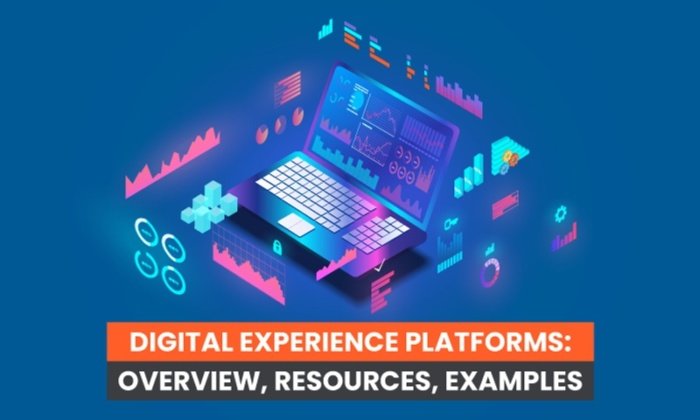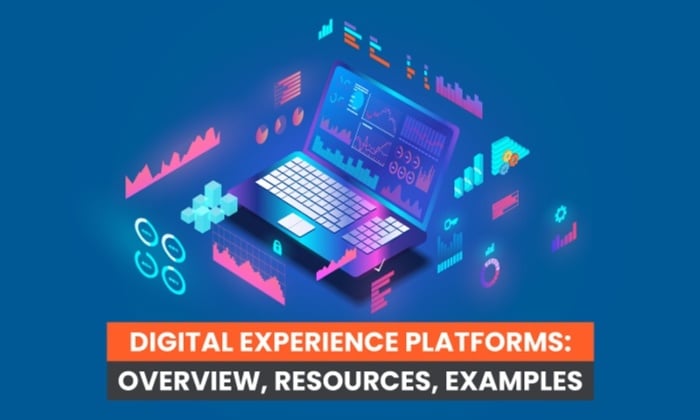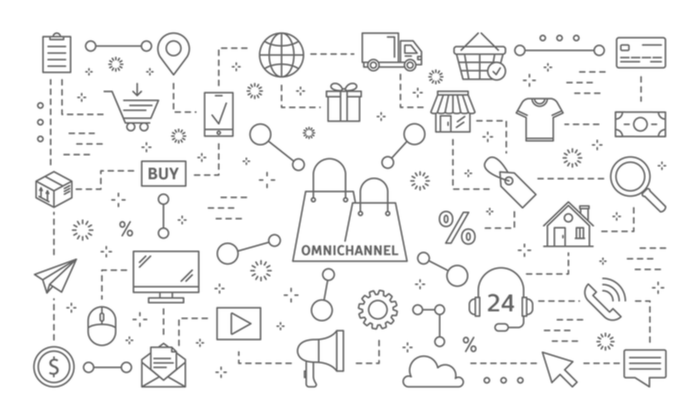Digital Experience Platforms: Overview, Resources, Examples

By Neil Patel
Experience is kind of the holy grail when it comes to customer interaction, from marketing and sales to customer service and brand loyalty.
It’s something we all talk about, work toward, and set as a goal, but to some degree, it remains a concept we’re always trying to work for.
When do we actually achieve a great customer experience in our brands? Is it something we just have to continually improve and build on as new opportunities roll out?
When a customer has a great experience with you, they are more likely to come back and buy again.
Social media, mobile apps, in-app ads, artificial intelligence, augmented reality, and more have promised to help us put experience at the forefront.
As new options roll out, keeping customer experiences seamless and continuous across all digital platforms grows is highly important. This is where a digital experience platform (or DXP) comes in.
What Is a Digital Experience Platform?
Although the specifics vary by the product or vendor, a digital experience platform is a single digital hub that allows a brand to use data and AI to create and deploy custom content experiences for consumers and integrate them for consumption across an array of digital and other ecosystems.
In simpler terms, it’s a platform that lets you create custom experiences informed by your data and lets users experience them everywhere they look.
Just as important as a definition of what a digital experience platform is what it’s not. A digital experience platform is not just a single experience provider, no matter how revolutionary or innovative. It’s also not just a series of omnichannel brand messages linked together by a series of integrations or pointing to or from a webpage.
A digital experience platform is integrated and inclusive. It’s often an open-source platform that allows API integrations from various departments, such as sales, to deliver super personal experiences to users. Those features define this type of platform and differentiate it from others, which we will discuss later.
What Is the Difference Between DXP, CMS, and WEM?
When it comes to content creation and management, the acronyms can start to feel like alphabet soup. DXM, CMS, and WEM have similar purposes but approach it from slightly different angles.
Let’s look at the other two types of platforms first.
CMS stands for a content management system. By definition, it’s software that allows you to create, manage, and share your brand’s content. In more everyday terms, it’s a platform that allows you to build your website (and its content, such as pages and blog posts) with a backend interface that doesn’t require writing the code from scratch.
The interface is user-friendly and welcomes you to plug in your content and go. It also makes it easy for you to search through your content for reuse and resharing, create SEO-friendly content, and more.
How is it different from WEM, or web engagement management? We can think of …read more
Source:: Kiss Metrics Blog








